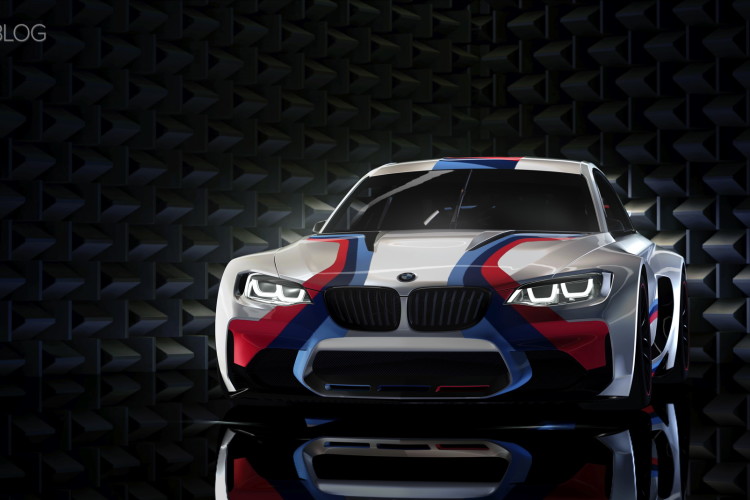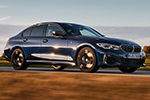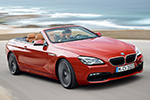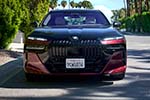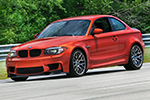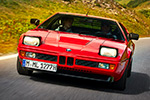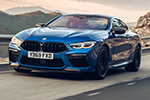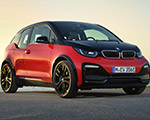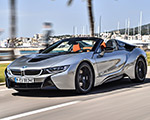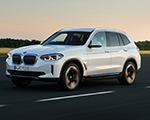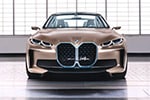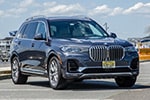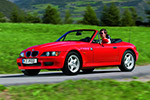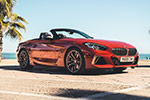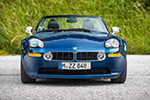BMW just pulled off one of its boldest, most electrifying (literally) showcases in recent memory — right in the beating heart of Shanghai. The city’s vibrant energy served as the perfect stage for the world premiere of BMW’s Vision Driving Dynamics (VDX) prototype, revealed for the first time without a shred of camouflage. This one-off prototype isn’t destined for production, but don’t let that fool you — it’s arguably the most advanced BMW ever built and one that will set the course for future products.
Why? Because at its core is something BMW calls the Heart of Joy — the brain behind the brand’s next-generation driving experience.
What is the Heart of Joy?
Think of it as the central nervous system for all future BMWs. It’s a revolutionary control unit that syncs drivetrain, braking, steering, and energy recuperation with lightning-fast precision — ten times faster than any system before it. The result? Sharper dynamics, increased safety, and up to 25% more efficiency, thanks to regenerative braking so effective that the discs are almost redundant.
The VDX Stunt
You might’ve seen the VDX tear around tracks in Spartanburg, with drifting and high-speed cornering that showcased its physics-defying grip. But in Shanghai, BMW had something far more theatrical in mind — a 55-degree ramp, stretching up to 13 meters high.
Sound simple? Far from it.
With rain-slicked tarmac and the kind of torque that could twist a bridge, traction should’ve been the car’s Achilles’ heel. But the VDX came prepared — with five massive fans hidden beneath its carbon fiber bodywork, sucking it to the ground like a vacuum. These impellers deliver up to 1,000 kg (2,204 lbs) of static downforce, keeping the car planted like a track-day car on rails. Even standing still, this car clings to the surface with sheer aerodynamic muscle. And when in motion? It can generate a total of 1.2 tons of downforce. Powering the fans requires a hefty 50 kW, but BMW’s engineers worked some black magic: no aerodynamic drag from the system.
Numbers That Sound Like Science Fiction
- Power Output: Rumored to be north of 1,300 horsepower
- Torque: A ludicrous 18,000 Nm (13,269 lb-ft)
- Lateral G-Force: Up to 3Gs
- Braking Regeneration: Over 1G, with minimal disc use
BMW factory driver Jens Klingmann took center stage, driving the VDX up the intimidating ramp in front of a live crowd. With rain threatening grip, Klingmann and the VDX delivered several times throughout the evening. Then, as if to remind everyone this wasn’t a one-trick pony, he unleashed a drifting demo.
Earlier in the day, I had a chance to experience the VDX firsthand. BMW engineer Martin, one of the minds behind the VDX, took me for a lap. Even though he wasn’t pushing the car to its limits, the precision, balance, and sheer confidence of the machine was undeniable.
From VDX to Neue Klasse
So, what comes next? The Heart of Joy isn’t staying in concept land. It’s heading into the real world — first stop: the NA5 BMW iX3, the inaugural production vehicle built on the Neue Klasse platform. We’ll be getting behind the wheel of this next-gen electric SUV soon, and while it remains to be seen whether it will feature two or four electric motors, it will be controlled by the Heart of Joy.
Later this year, in September, we’ll witness the full unveiling of the production-spec NA5, followed by deeper testing.
And then, the big one: the ZA0 BMW M3 — the first-ever fully electric M3, landing in 2027. BMW M is fine-tuning its own version of the Heart of Joy, focused on delivering the unmistakable M driving experience, even without combustion.













































